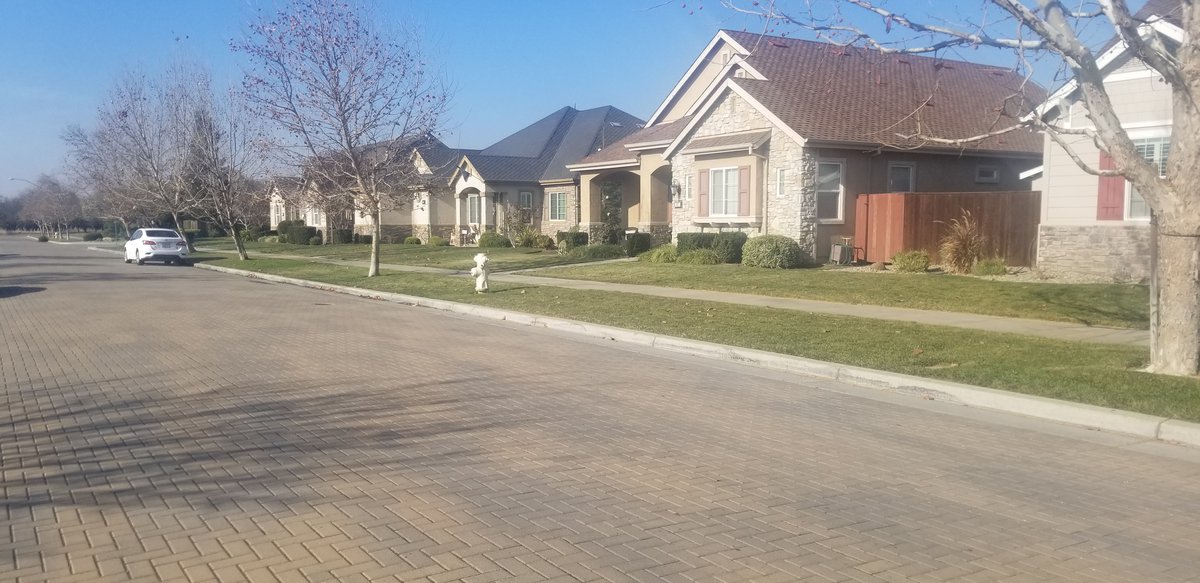Ripon’s elected leaders are clear — not only do they have no qualms with street pavers but they like the fact they are more durable and last significantly longer than asphalt to reduce long-term financial burdens on taxpayers.
They mentioned during the recent Strategic Planning working session held at Stouffer Hall that for future reconstruction projects pavers should be used at
The aim for the April 20 workshop was to discuss future policy goals and how to implement those plans.
The Ripon City Council has long favored interlocking pavers, which not only last longer than asphalt while requiring significantly less maintenance.
The Stockton Avenue Rehabilitation Project, which is currently under construction and will be conducted in three phases, will feature pavers once completed in April 2022.
Most of the downtown along Main Street as well some of the neighborhood streets are done in pavers.
City Administrator Kevin Werner said he would update the 10-year plan on the Streets & Roads Policy to reflect pavers instead of asphalt before bringing it back before council at a future meeting.
Ripon street paver projects as well as a pavers on Howard Road — a route with heavy truck traffic in Wesley off Interstate 5 — have been cited by the Interlocking Concrete Pavement Institute as two examples of how pavers hold up much better in the long haul and therefore have lower lifetime costs than asphalt.
While asphalt or concrete is less expensive to install — $45 per square yard as opposed to concrete pavers at $68 per yard — over an equal life cycle the asphalt approach most cities currently use is significantly higher. The long-term maintenance costs for asphalt or concrete is $66 a square yard as opposed to $12 for concrete pavers
That means over the same time period, it costs a city $80 a square yard to install and maintain interlocking concrete pavers as opposed to $111 for asphalt or traditional concrete pavement the $31 per square yard savings is significant.
The cost savings was the driving force between elected leaders in Ripon adopting interlocking concrete pavement as a roadway standard for1.3 million square feet of new residential streets constructed between 2005 and 2008. The higher cost of the pavers was transferred to buyers of new homes.
In terms of the 5,555 square yards of pavers on downtown Ripon streets, that city will avoid $172,222 in maintenance costs over the life cycle of the streets.
Advantages of pavers besides lower overall costs are:
*simplified utility trenching as pavers can be replaced seamlessly unlike when asphalt has been ripped up and then replaced to access buried sewer, water, storm, power, natural gas, cable, and telephone lines.
*reduced storm water runoff as the permeable design allows some water to percolate into the ground. That provides additional benefits in less storm water that can add to flooding concerns as well as avoiding some of the costly solutions the federal government is requiring for storm water run-off in the coming years.
*proven results of being able to hold up on heavily traveled streets and frontage roads.
Other sources cite pavers as being significantly less susceptible to potholes as well as greatly reducing or eliminating issues associated with buckling and cracks developing.





